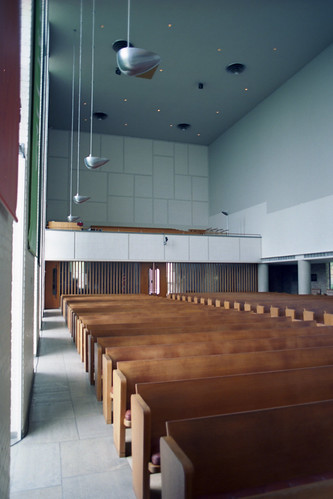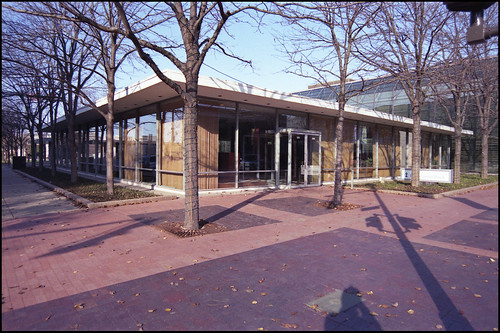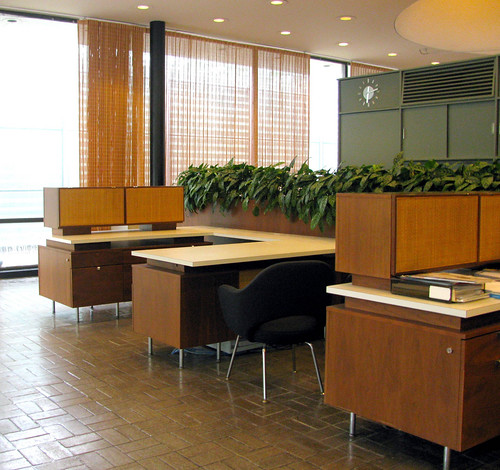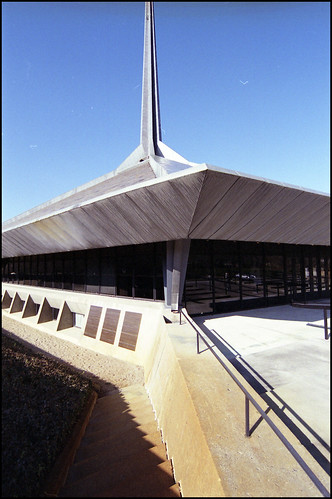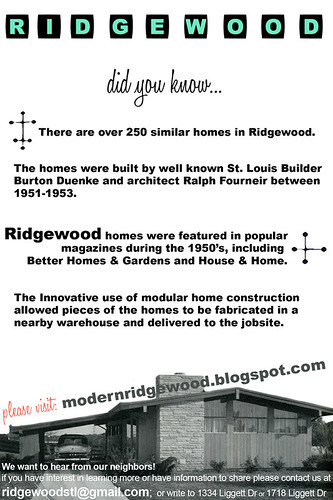Upon completing the Ridgewood project, Burton Duenke realized the appeal of presenting the homes to Better Homes and Gardens readers through their Five Star Home program.


In "An Acheivement in Small House Planning," Better Homes and Gardens accurately describes the Ridgewood home in its January, 1953 issue. As demonstrated in an ongoing showcase of featured homes, the Ridgewood house was offered as "Five Star Home No. 2301."
The Five Star home program was a way for Better Homes and Gardens to provide anyone access to quality home plans at a cost of only $5, and a way for builders to promote their homes to a broader audience. This program also allowed Better Homes and Gardens to present the best aspects of a home's appeal regardless of style. This was especially important when featuring a "modern" home as early as 1953 since some buyers were less familiar with the benefits of living in such spaces.
Photographs used in the article were taken of the house at 1739 Ridgewood Dr. The introduction to the Ridgewood home, written by John Normile, AIA (American Institute of Architects) for Better Homes and Gardens accurately describes the home as follows:
"Here's a house that packs a lot of living into just 1,168 square feet of floor space. Selected as Five Star Home No. 2301, the three-bedroom scheme is developed within the rigid limits of an economical rectangle that's only 26X51 feet in size. It reflects to a high degree the sound planning ideas usually employed in more elaborate houses.

Does the term "modern planning" apply to this house? Definitely. Very simply, it shows up in the allocation of space according to use; in openness developed through use of glass, sloped ceilings, and lack of partitions; in a smooth indoor-outdoor transition.
Though this house has fewer square feet than many two-bedroom houses you'll find, it
has three bedrooms. For the family that needs only two bedrooms, the smallest can become a study-guest room. The six closets are prefabricated units that double as partitions. Each has sliding doors, plus a shelf above. The largest bedroom has a built-in dressing table with large mirror and recessed light.
Each bedroom has nearly equal access to the bathroom. Linen is stored in a closet just inside the bathroom door, only a few steps from linen-using areas. Another stepsaver is the built-in hamper opening into the hallway. soiled clothing and linen go into this hamper that's only an arm's reach from the washer.

All three bedrooms have high strip windows along one wall, allowing free arrangement of furniture without cutting out light and air. In addition, they insure privacy from next-door neighbors.
This house develops a pleasing feeling of spaciousness considering its limited size, through the use of glass and space. Large windows give a light, airy feeling lacking in many houses half again as large.

Floor-to-ceiling windows in both living room and parents' bedroom add visual "space" that you don't get with smaller openings. Except in the hallway, all ceilings follow the roof line.
At least a portion of every glass area includes screened sliding sash for ventilation. All movable glass is removable, too, for easy washing in the sink.
Furthering the openess is the elimination of partitions in the living-dining-kitchen area. Here, the dining room becomes an extension of the living area, and the kitchen is open, too, except for a well-placed, partial partition.
The smooth transition from indoors to outdoors is furthered by the large windows. And with the entrance under the carport, you're only a few steps from the terrace. If you don't mind letting the car get wet on rainy days, the carport is useful as a fresh-air rumpus place for the kids.
The low-pitched gable roof gives the house drama and a feeling of stability. The long roof extensions, which shelters the inexpensive carport and bulk storage space, gives the house extra width; it serves as an important design variation from the basic rectangle of the house itself.
A touch of luxury is found in the handsome stone fireplace. But it adds so much warmth and friendliness to the living room, and gives such good balance and texture to the exterior, that it becomes almost a necessity. Five Star Home No. 2301 has wonderful flexibility. It will serve the needs of families numbering from two to five. Its architecture is contemporary, yet moderate enough to fit comfortably into almost any neighborhood."
Burton Duenke would later comment on the success of the Five Star program and its ability to draw visitors and buyers, within the St. Louis area and beyond.
Though written as a description of the Ridgewood homes when new in the early 50's, it is just as easy to imagine John Normile submitting this article for any number of contemporary publications today. The Ridgewood home remains a design that maximizes quality of space, has an open plan that is liveable, and maintains a unique style of living still relevant for today.



